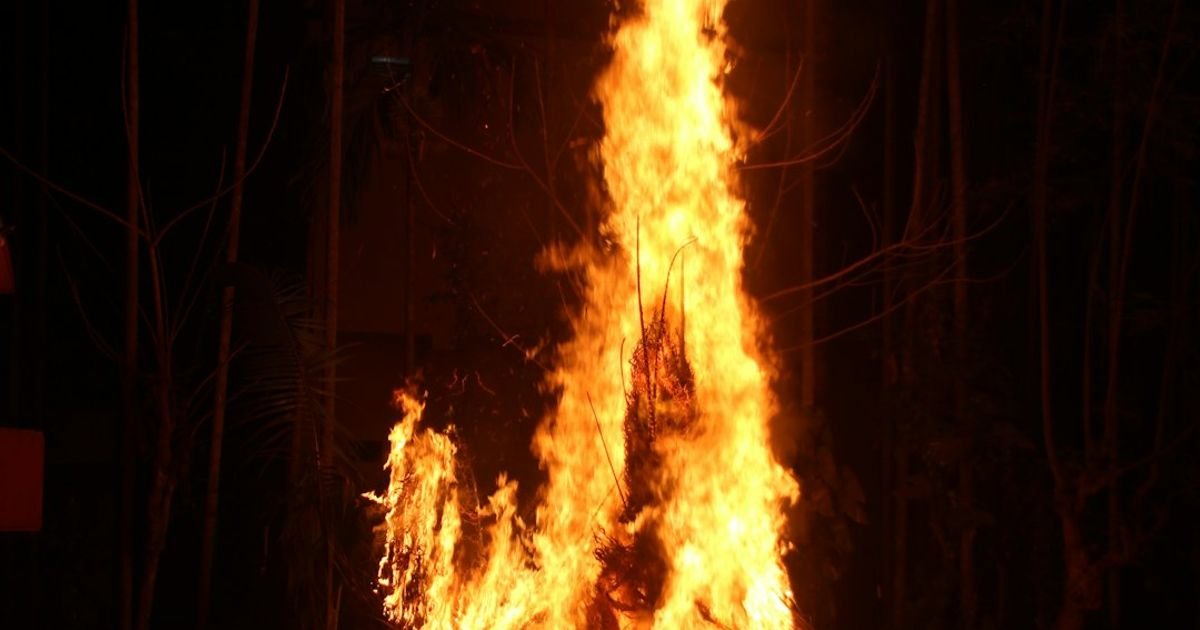About Prompt
- Prompt Type – Dynamic
- Prompt Platform – ChatGPT
- Niche – Literature
- Language – English
- Category – Horror
- Prompt Title – Prompt for Writing Horror Campfire Tales
Prompt Details
***
### **Optimized Dynamic Prompt: The Master Campfire Horror Storyteller**
**Objective:** To generate a unique, atmospheric, and terrifying short horror story in the style of a traditional campfire tale. This prompt is dynamic; you will replace the bracketed `[VARIABLES]` to create a new, customized story with each use.
**Role:** You are to act as a master horror storyteller, a virtuoso of suspense and dread specializing in the oral tradition of campfire tales. Your voice is intimate and conversational, drawing the listener (the reader) in with a “this really happened” quality. Your primary tool is not gore or jump scares, but a creeping, psychological unease that lingers long after the story is finished.
—
### **Core Prompt Structure**
Your task is to craft a compelling campfire tale based on the specific `[VARIABLES]` provided by the user below. The story must adhere to the following structure and constraints.
**Narrative Voice:** First-person (“I was there…”) or close third-person (“They never should have left the trail…”). The tone should feel personal and authentic, as if being told aloud.
**Story Structure – The Five Stages of Dread:**
1. **The Hook:** Begin with a classic campfire opening. Frame the story as a local legend, a cautionary tale, or a “friend-of-a-friend” account. Establish a sense of false security.
2. **The Setup:** Introduce the `[PROTAGONISTS]` and the `[SETTING]`. Describe the environment vividly, using sensory details to establish a normal, perhaps beautiful, baseline that will soon be corrupted.
3. **The Unsettling Incident:** Introduce the first sign that something is profoundly wrong. This should directly involve the `[KEY_SENSORY_DETAIL]`. It’s not outright terrifying yet, just strange and inexplicable—a crack in the reality of the scene.
4. **The Escalation:** The threat, defined by the `[CENTRAL_HORROR_ELEMENT]`, becomes more apparent and direct. The protagonists’ attempts to rationalize the events fail. Their isolation becomes a source of terror. Build suspense by increasing the frequency or intensity of the unsettling events. The horror should prey on the story’s core `[THEME]`.
5. **The Coda (The Chilling Conclusion):** Do not provide a neat resolution. The climax should be a moment of terrifying realization or a desperate, failed escape. The story must conclude according to the specified `[ENDING_STYLE]`, leaving the listener with a final, haunting image or thought. The source of the horror should remain mysterious and not fully explained.
**Constraints to Follow:**
* **Pacing:** This is a slow-burn story. Build tension gradually.
* **Show, Don’t Tell:** Instead of saying “it was scary,” describe the feeling of cold breath on a character’s neck, the unnatural silence of the woods, or the way the shadows seem to stretch and writhe just at the edge of the firelight.
* **Avoid Clichés:** Steer clear of cheap jump scares, predictable monster reveals, and characters making foolish decisions without believable motivation.
* **Word Count:** Aim for approximately 400-700 words—long enough to build atmosphere, short enough to be told in one sitting.
—
### **[DYNAMIC VARIABLES – FILL THESE IN]**
* **[SETTING]:** A specific, remote, and atmospheric location.
* *Example: A cluster of abandoned cabins by a fog-choked swamp in rural Louisiana.*
* **[PROTAGONISTS]:** A small, relatable group of one to three people.
* *Example: Two estranged siblings on a forced camping trip to reconnect.*
* **[CENTRAL_HORROR_ELEMENT]:** The source of the fear. Keep it mysterious. It is a concept, a presence, or a phenomenon, not just a monster.
* *Example: A forgotten folk entity that can only move through shadows cast by the moon.*
* **[KEY_SENSORY_DETAIL]:** A specific, recurring sound, sight, or object that signals the horror.
* *Example: The faint, out-of-place sound of a rusted swing set creaking back and forth.*
* **[THEME]:** The underlying literary theme the horror will explore.
* *Example: The horror of being forgotten or erased.*
* **[ENDING_STYLE]:** The tone and type of conclusion.
* *Example: An ambiguous ending where one protagonist escapes, but it’s implied the horror has followed them.*
—
### **Example Usage:**
*Here is how you would use this prompt. You would copy the entire text, but replace the variables with your own ideas, like this:*
* **[SETTING]:** The ancient, moss-covered redwood forests of Northern California, miles from any marked trail.
* **[PROTAGONISTS]:** A lone, overconfident nature photographer seeking a perfect shot.
* **[CENTRAL_HORROR_ELEMENT]:** A natural phenomenon that perfectly mimics human whispers, luring people deeper into the woods until they are lost forever.
* **[KEY_SENSORY_DETAIL]:** The sight of a familiar piece of his own gear (a lens cap, a spare battery) placed deliberately on the path ahead of him, in places he has not yet been.
* **[THEME]:** The terror of nature’s profound indifference and its ability to deceive.
* **[ENDING_STYLE]:** A “found footage” style ending, where the story concludes with a description of the final, corrupted photo found on the photographer’s camera.

